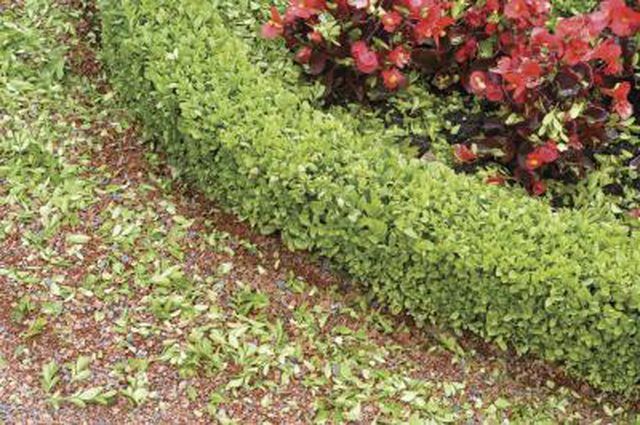Bulbs
Flower Basics
Flower Beds & Specialty Gardens
Flower Garden
Garden Furniture
Garden Gnomes
Garden Seeds
Garden Sheds
Garden Statues
Garden Tools & Supplies
Gardening Basics
Green & Organic
Groundcovers & Vines
Growing Annuals
Growing Basil
Growing Beans
Growing Berries
Growing Blueberries
Growing Cactus
Growing Corn
Growing Cotton
Growing Edibles
Growing Flowers
Growing Garlic
Growing Grapes
Growing Grass
Growing Herbs
Growing Jasmine
Growing Mint
Growing Mushrooms
Orchids
Growing Peanuts
Growing Perennials
Growing Plants
Growing Rosemary
Growing Roses
Growing Strawberries
Growing Sunflowers
Growing Thyme
Growing Tomatoes
Growing Tulips
Growing Vegetables
Herb Basics
Herb Garden
Indoor Growing
Landscaping Basics
Landscaping Patios
Landscaping Plants
Landscaping Shrubs
Landscaping Trees
Landscaping Walks & Pathways
Lawn Basics
Lawn Maintenance
Lawn Mowers
Lawn Ornaments
Lawn Planting
Lawn Tools
Outdoor Growing
Overall Landscape Planning
Pests, Weeds & Problems
Plant Basics
Rock Garden
Rose Garden
Shrubs
Soil
Specialty Gardens
Trees
Vegetable Garden
Yard Maintenance
Boxwood Shrub Disease
Boxwood Shrub Disease. English and American boxwood are popular hedge shrubs. Both types of boxwood can be affected by fungal, stem and root diseases.

English and American boxwood are popular hedge shrubs. Both types of boxwood can be affected by fungal, stem and root diseases.
Stem Diseases
Volutella stem blighti is a fungus that affects boxwoods and is thought to be brought on after winter frost; the only cure for this disease is pruning affected areas. Before spring growth begins, stems turn orange or brown and then die back.
Leaf Diseases
Macrophoma leaf spot appears on boxwood when it is affected with another disease. Characterized by dark splotches on dead leaves, Macrophoma leaf spot is a sign that something else is wrong with the shrub, probably a root disease.
Root Diseases
Two major root diseases affecting boxwoods are phytophthora root rot and root-feeding nematodes. Plants affected with these diseases will show yellowing leaves. Root-feeding nematodes are parasites that can appear at any time, while phytophthora root rot primarily emerges after the plant experiences excess water at the roots.
English Boxwood Decline
English boxwood decline affects large English boxwood plants, commonly 20 years or older, and is likely brought on by drought conditions. Foliage turns yellow then progresses to straw colored.
Disease Control
Water English boxwood in hot, dry summers to prevent boxwood decline. Avoid planting English boxwood in soil where previous plants suffered boxwood decline. To prevent phytophthora root rot, plant in well-draining soil and use raised beds; applying a fungicide to cases you've caught early can help cure plants.